Updated 8/11/21
To stay agile and responsive in a demanding marketplace, savvy manufacturing companies have long sought to adopt efficient lean processes to remain competitive. As more manufacturers have adopted lean manufacturing principles, they have also integrated production equipment and software to complement their strategy.
This article helps readers understand the basics of lean and how to apply them to their operating strategies. It will also allow users to understand how the principles and methodologies of lean are ideally suited for advanced automation and machine monitoring.
Where Were Lean Manufacturing Principles Formed?
The foundation of today's lean methodologies began with Japanese automaker Toyota shortly after World War II. Led by Toyota's president, manufacturing engineers began looking at the flow of materials, plant layout, and human ergonomics to eliminate waste, which was categorized by type.
By focusing on waste in this way, they developed the principles and methodologies that became what we know as lean. They provided a template for optimizing the physical flow of materials and standard work within the factory.
What Are the Principles of Lean Manufacturing?
The starting point for all lean programs revolves around a program called 5S - a lean strategy designed to increase workplace efficiency through facility-wide organization and cleanliness. By following these steps, manufacturers can dramatically reduce waste, increase efficiency through optimized processes, reduce cost, and improve time to market and lead times of finished goods.
While later versions have incorporated several additional "S" elements to the mix, the basic 5S steps in lean methodology are:
-
Sort – An audit of each workstation or job center is done to sort and separate what is needed and not needed in the area.
-
Straighten - items are then arranged, so they are ready for production, within reach of the operator, and easy to use. Locations for all tools and materials are clearly labeled so anyone can find them and return them to the correct location once the task is completed.
-
Shine – Workstations and equipment are cleaned regularly to help maintain standards and identify defects.
-
Standardize - The first three steps of 5S are used to understand what and how to standardize. This may include written standard work procedures, schedules, instructions, or graphics.
-
Sustain – Once work and processes are standardized, protocols are put in place to maintain the standards. This also includes protocols for periodic review to drive continuous improvement.
These steps allow a framework of explicit and systematic instructions to be used to drive the manufacturing effort. But they are just the beginning. Once in place, lean requires adherence to specific principles to derive the full benefit of the effort put into the 5S methodology.
These principles include:
Specify Value
5S is a methodology to begin the process of lean. But each company is unique in product, layout, and design. This means that with order established, leadership must determine the value in the operation.
Value in lean is centered around the customer. It should determine what they are willing to pay for to meet their needs. Anything within the product that does not meet those needs is removed from both the product and the process.
Determining value within lean means a sharper focus on design. Specifically, the design of products should seek to eliminate waste in all forms, including process steps in manufacturing and features of the product that do not contribute to value.
Map the Value Stream
Value stream mapping considers the product from the design stage through manufacturing and customer use and even includes disposal. It encompasses the entire lifecycle of a product. This concept allows process and manufacturing engineers to map the production flow visually and helps identify places within that flow where waste and steps can be eliminated.
Create Production Flow
Many manufacturers don't consider the impact or understand the shortcomings of a poorly designed process flow until they begin their lean journey. Creating flow aims to uncover efficiency by establishing a planned, optimized, uninterrupted flow for material as it moves through production. It may be as simple as relocating a machine to avoid a disruption caused by an obstacle such as a pillar. Or it may mean changing the layout of the entire plant to one where the end of one process is optimized at the beginning of the next.
Establish a Pull System
Traditionally, manufacturing operations operated with a "push" system, where purchased materials and predetermined schedules "pushed" the material through production based on forecasts and not orders. Instead, a "pull" system pulls the order in hand and triggers production to make the goods only after the order has been received.
There are many types of pull systems, including Kanban, Just in Time (JIT), and many others. And when properly designed and deployed, they can help control inventory, reduce overproduction, decrease work in process (WIP) and manage cost.
Drive for Perfection
The final principle in lean is continuous improvement, where companies seek perfection through constant review, audit, and process optimization. In this way, the principles are constantly refreshed, and the tools such as 5S are not allowed to atrophy as each iteration for improvement must follow the same procedure.
Lean programs often include Kaizen philosophy, a Japanese word synonymous with continuous improvement. This system, and others like it, helps create a culture to adhere to and perpetuate the lean steps and processes rather than just checking boxes and following rules. It means that the process of lean becomes the desired way of doing things.
Lean Manufacturing Equipment and Systems
Setting the stage for a lean process is the first step. But implementing a system that allows you to maximize your manufacturing productivity results will take your lean model to the next level.
Lean manufacturing systems focus first on reducing waste. But there are other benefits such as process optimization, continuous improvement, and inventory control equally important in driving value.
Many manufacturing software systems such as Manufacturing Execution Systems (MES), Enterprise Resource Planning (ERP), demand and supply planning, and others may be used to schedule jobs or track shop-floor metrics such as overall equipment effectiveness (OEE). When these systems capture data in real-time, they can provide manufacturers with valuable planning tools to help achieve their lean manufacturing objectives.
But while lean principles are a proven methodology for optimizing the physical aspects of work, material flow, factory layout, and standardization, they do not provide an efficient and effective process for collecting data. Without collecting and analyzing factory data, even the best lean systems can be rendered blind to problems occurring on the plant floor driven explicitly at the machine level.
How Machine Monitoring Works with Lean
Machine monitoring systems such as MachineMetrics can offer the "next mile" in-process and system optimization by leveraging the data available at the machine level. With advanced analytics, machine learning algorithms, and other data aggregating and cloud-based storage options, rich visualization and actionable insights can supercharge the physical aspects of a lean implementation or a mature lean program.
Where lean principles allow companies to optimize the physical flow and control the physical aspects to improve processes, MachineMetrics lean manufacturing solutions offer the same benefits at the machine level using real-time data. And where lean strives for perfection with continuous improvement, the MachineMetrics platform empowers machine monitoring to reveal opportunities for continuous improvement through advanced analytics.
And at its core, machine monitoring serves the chief goal of lean – the elimination of waste. With manufacturing equipment utilization at around 28%, machine monitoring using the MachineMetrics platform can eliminate wasted capacity. This allows lean continuous improvement to be extended to equipment utilization to complement any lean program.
Lean Meets Digital
The MachineMetrics platform also works with the same lean tools mentioned, such as software programs like MES, MRP, ERP, BI, quality, and maintenance. In this way, it acts as a bridge or a link connecting the physical benefits of a lean program to the cyber benefits of data and analysis.
And operator access, interaction, and input to the MachineMetrics monitoring system are perfectly aligned with the lean mission. The placement of tablets and interfaces and the ability for operators and managers to remotely access machine conditions reduce the steps required for action, improve quality, and optimize ergonomics.
Many successful lean programs still utilize manual checklists, data recording, and other manual data entry tasks. With rich visualizations and actionable insights, the MachineMetrics platform is perfectly aligned with the lean mission by moving these inputs into an automated or easy-to-input format. Operators and technicians can accurately categorize and record data that can be used to improve machine conditions and support lean principles of continuous improvement.
In many ways, MachineMetrics allows a "last mile" digital version of lean’s 5S methodology:
-
Data is "sorted" at the edge through powerful data collection devices. It is "set in place" or "straightened" through aggregation occurring in the cloud.
-
It is "shined" by contextualizing the data and capturing what is relevant to the condition needing monitoring.
-
It is "standardized" so that anyone consuming it can understand it.
-
And it is “sustained” through AI, advanced analytics, and machine learning algorithms that improve the analysis and impact of the data over time.
Why MachineMetrics?
MachineMetrics offers a robust machine monitoring platform that is simple to install, easy to understand, and provides fast time to value. It works in conjunction with any lean methodology. It offers a deeper dive toward "digital lean" principles to uncover the same value and eliminate waste as does any lean program. To find out how MachineMetrics can improve your company's lean journey through digitization and machine monitoring, contact us today.
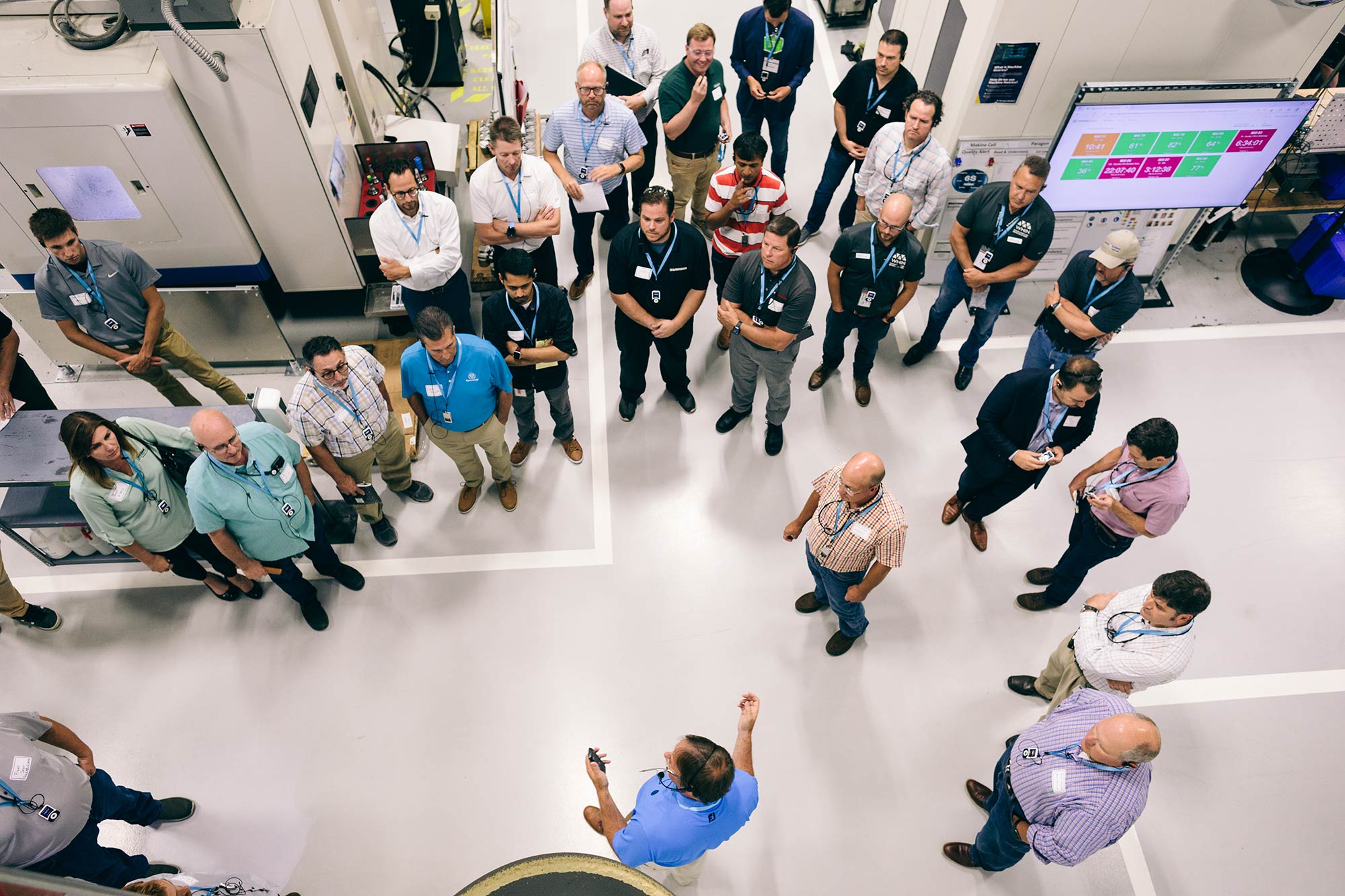
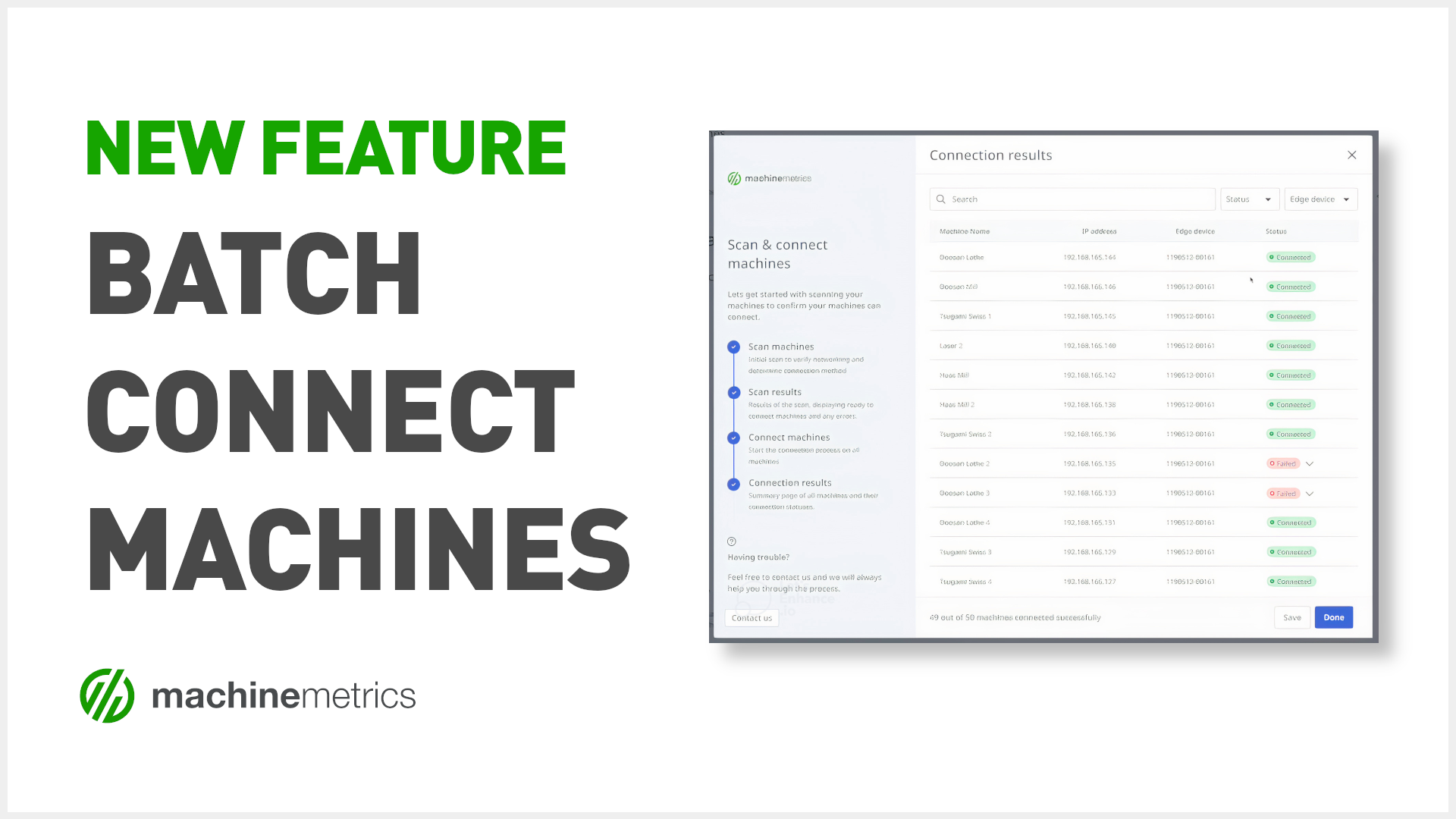
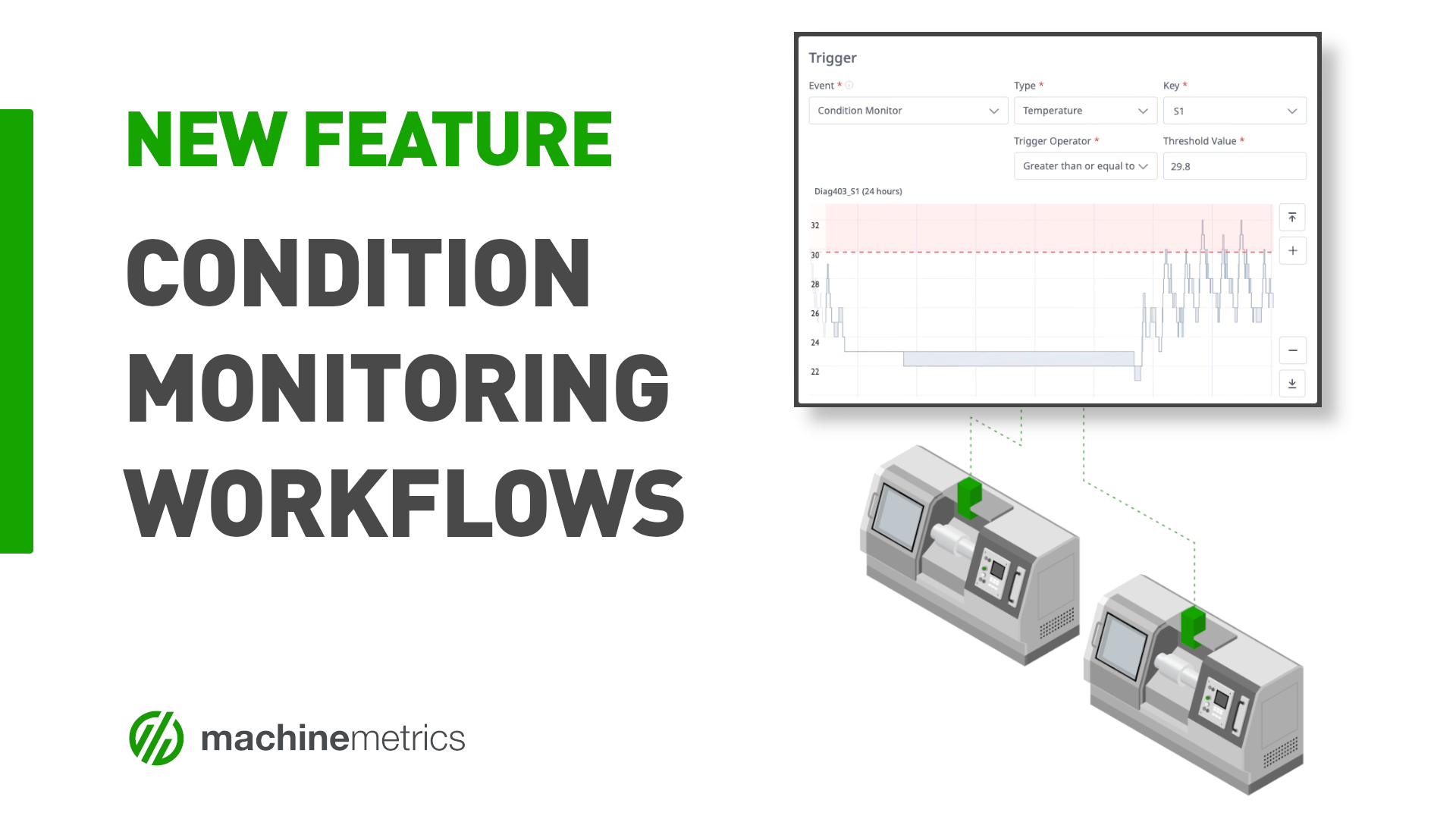

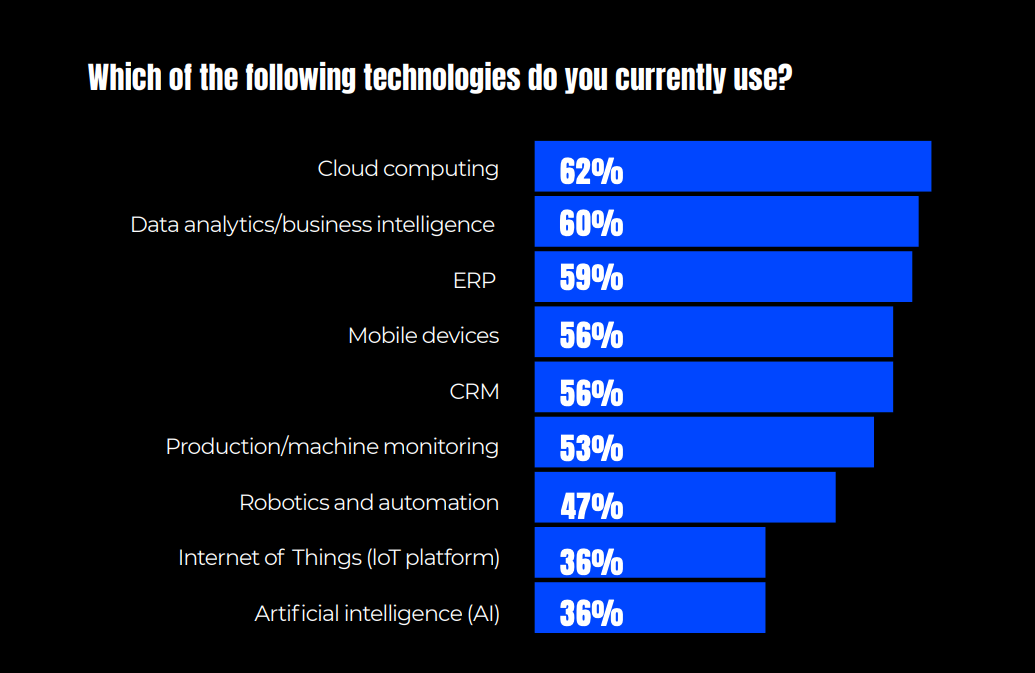
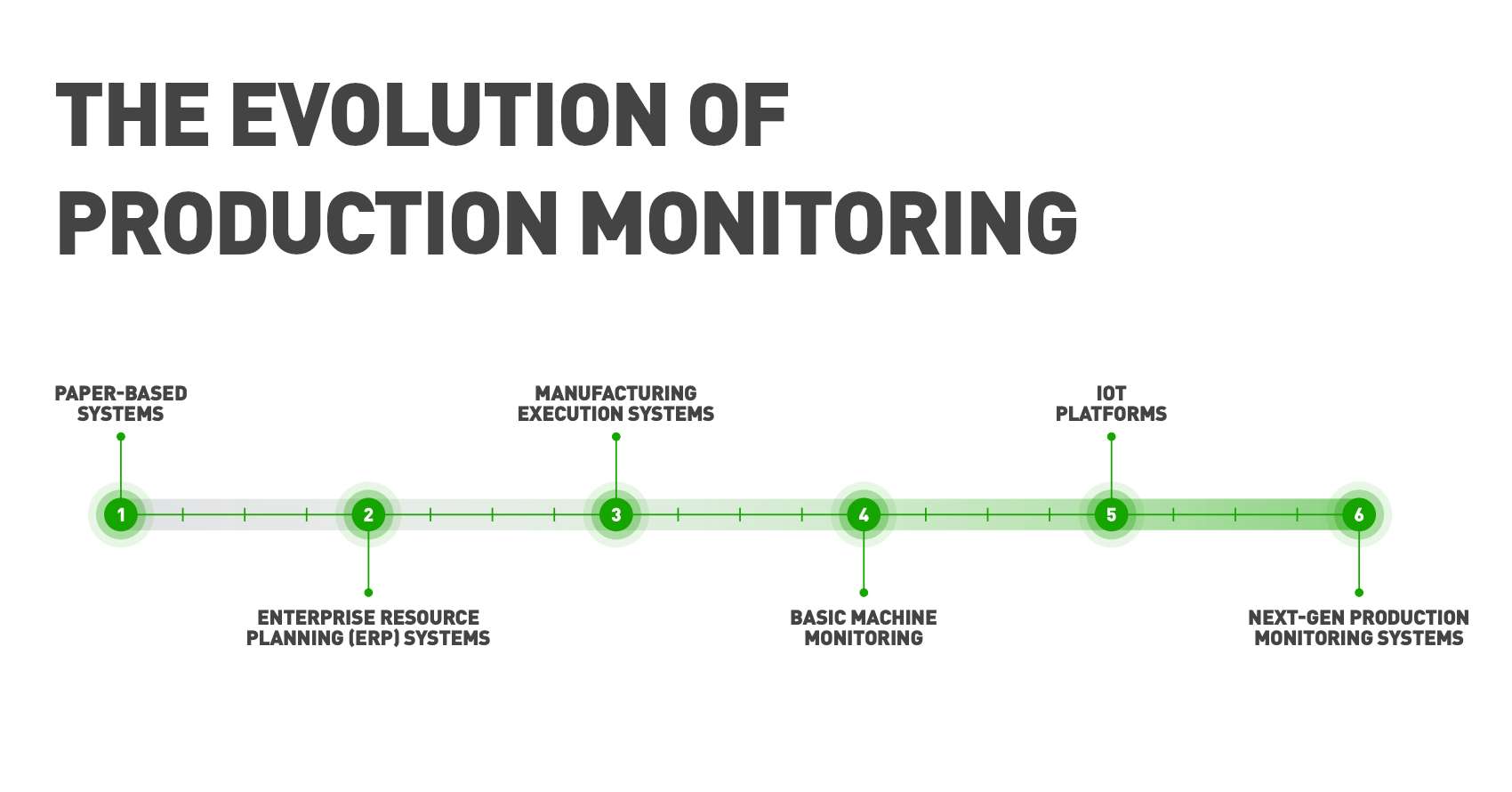

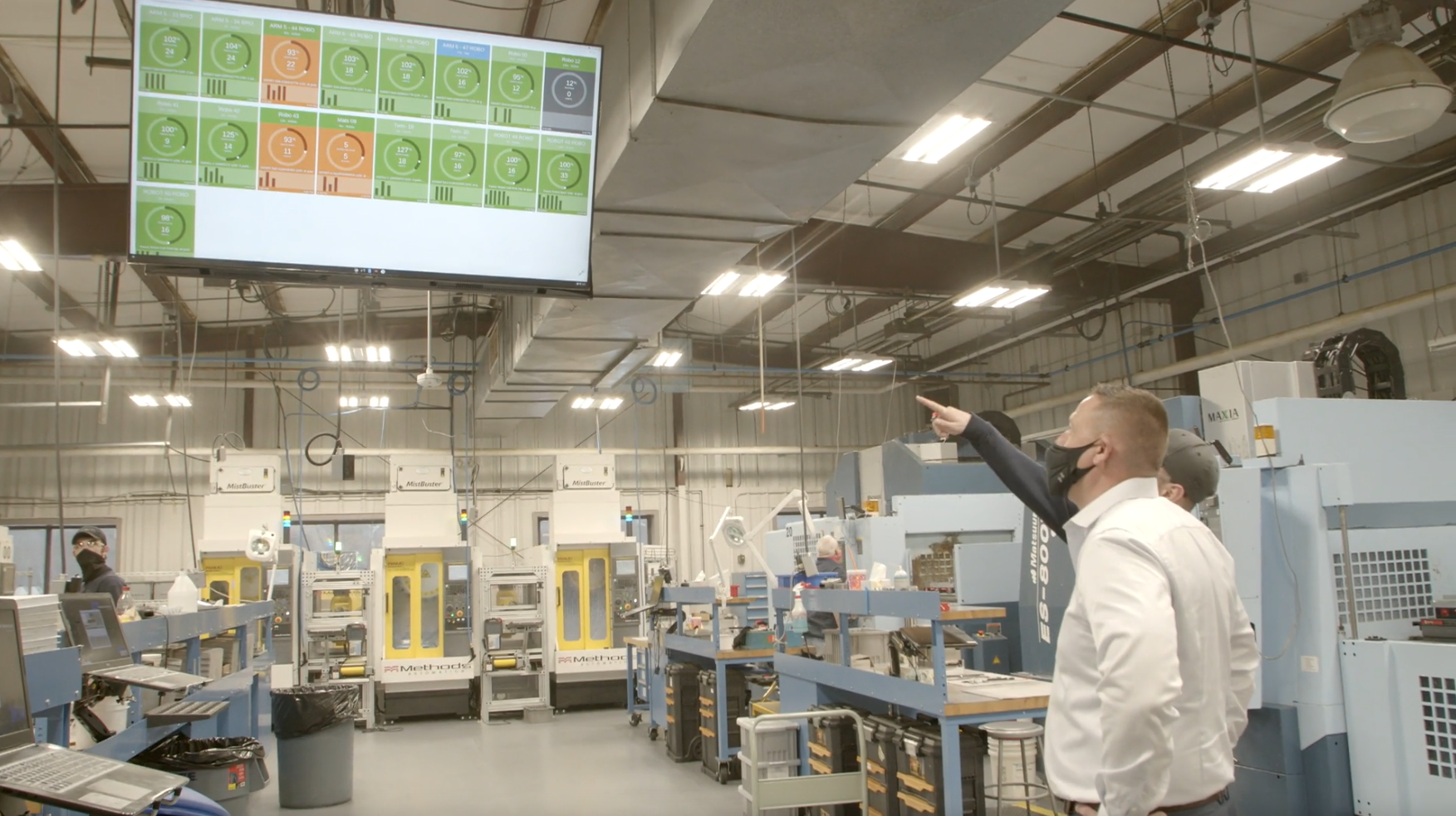
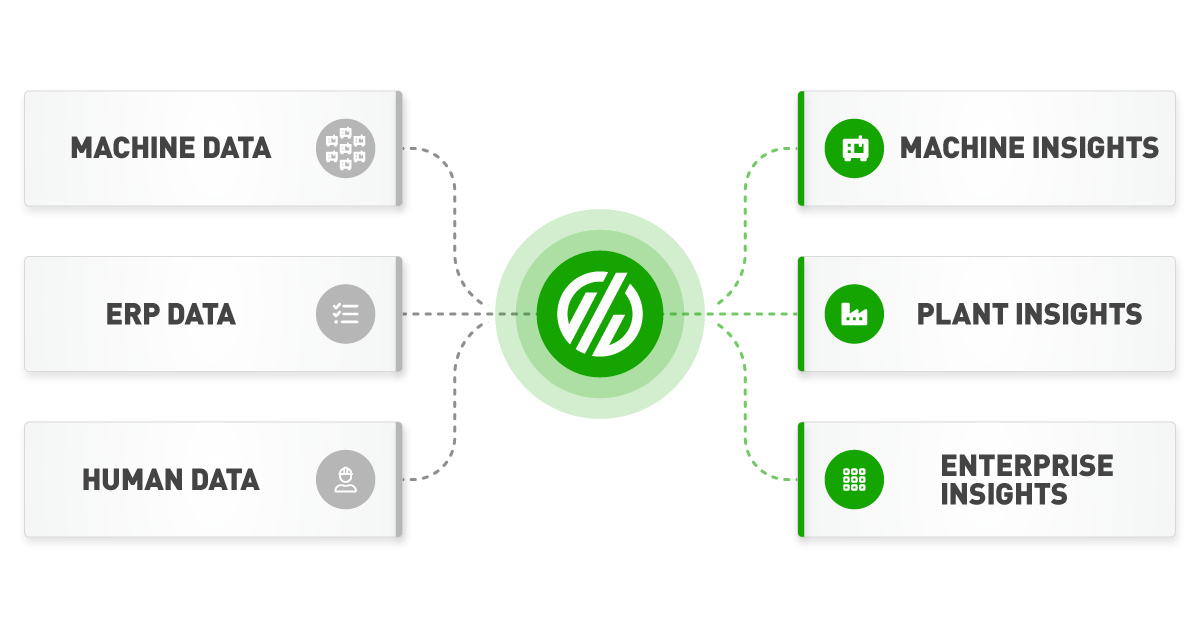
Comments